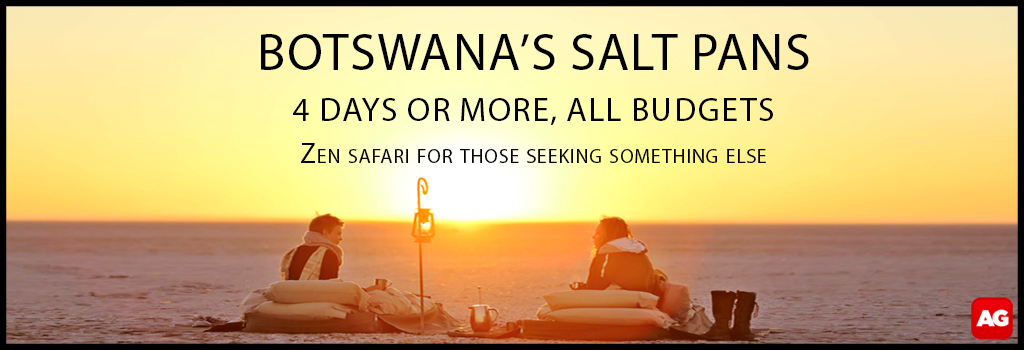South Africa’s Boland mountain chain (stretching from Bainskloof in the north down to the Kogelberg coast in the south) is a key geographical landmark in the Western Cape. And camera traps are helping to appreciate its biodiversity. By: Jeannie Hayward & Anita Meyer of The Cape Leopard Trust Boland Project
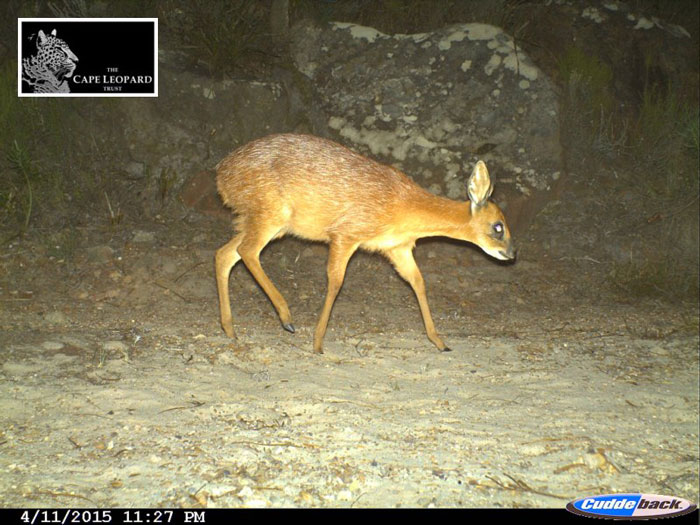
Hundreds of thousands of people see the Boland mountain chain from a distance every day, and tens of thousands more live and farm on its slopes, enjoy Cape wildlife safaris and use it for hiking and mountain biking. And yet one of these mountains’ most important original inhabitants – the leopard – remains unknown to most of these people.

Many suitable leopard habitats in the Boland are located on private reserves and farms adjacent to the core mountain reserves. The involvement and support of private landowners – especially concerning access to their land to place camera traps – is pivotal to the success of the Cape Leopard Trust Boland Project.
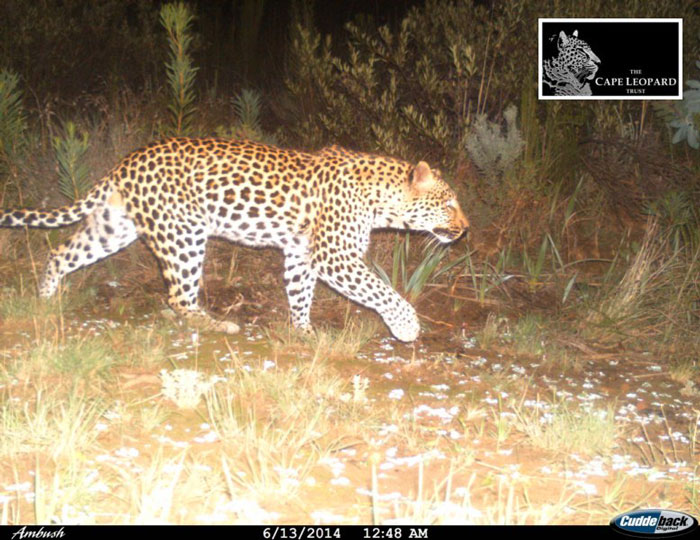
The Boland Project coordinators, Jeannie Hayward & Anita Meyer, continually promote public participation in their research. One way of doing so is encouraging private landowners to purchase their own camera traps and submit their data to the project.

Another way is to get private persons or groups to sponsor camera traps, and then be involved in deploying and servicing the equipment should they so wish.

The Boland Project has finite resources, and the involvement and support of landowners and sponsors is invaluable. Through the participation of landowners in this manner, the Boland Project has been able to confirm the presence of leopards on isolated mountains like Simonsberg and Paardeberg and to continually monitor known leopards and record new individuals in areas where the Cape Leopard Trust camera traps are not currently active.


Another benefit of camera trapping on private land is the spontaneous sense of stewardship that arises from obtaining photos of secretive and nocturnal wildlife since this makes biodiversity a tangible and marketable reality.



The Boland team has assisted with many public enquiries on the best camera models to purchase and how to deploy a camera trap successfully.
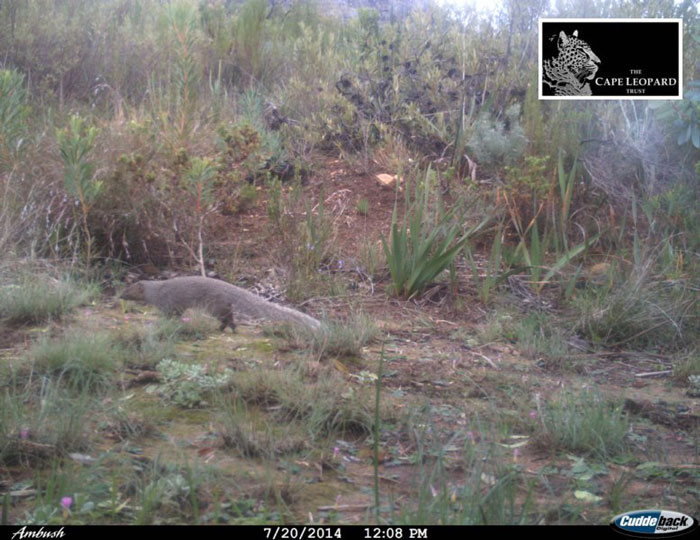
It is also heartening to note that individuals who learn of and buy camera traps without any initial contact with the Cape Leopard Trust Boland Project are also increasingly sharing their leopard photo data with the project when they learn of the importance and relevance of these data, thereby broadening the reach of the project and supporting predator research and conservation.
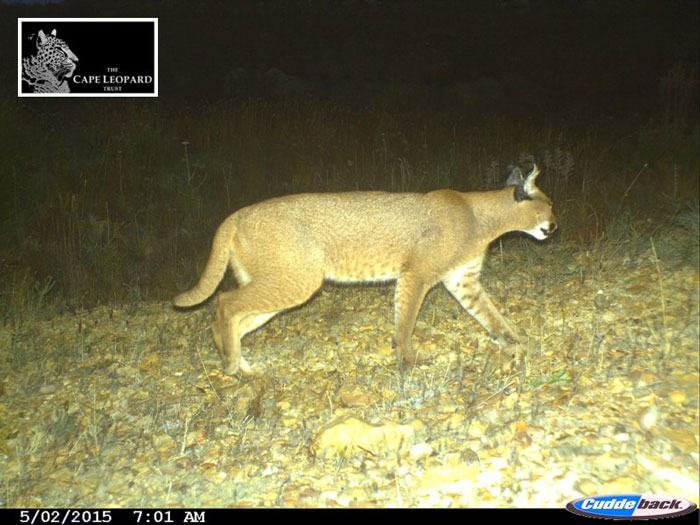
Included here are just some of the Boland mountain creatures that these cameras have photographed.

To comment on this story: Login (or sign up) to our app here - it's a troll-free safe place 🙂.![]()
HOW TO GET THE MOST OUT OF AFRICA GEOGRAPHIC:
- Travel with us. Travel in Africa is about knowing when and where to go, and with whom. A few weeks too early / late and a few kilometres off course and you could miss the greatest show on Earth. And wouldn’t that be a pity? Browse our ready-made packages or answer a few questions to start planning your dream safari.
- Subscribe to our FREE newsletter / download our FREE app to enjoy the following benefits.
- Plan your safaris in remote parks protected by African Parks via our sister company https://ukuri.travel/ - safari camps for responsible travellers

